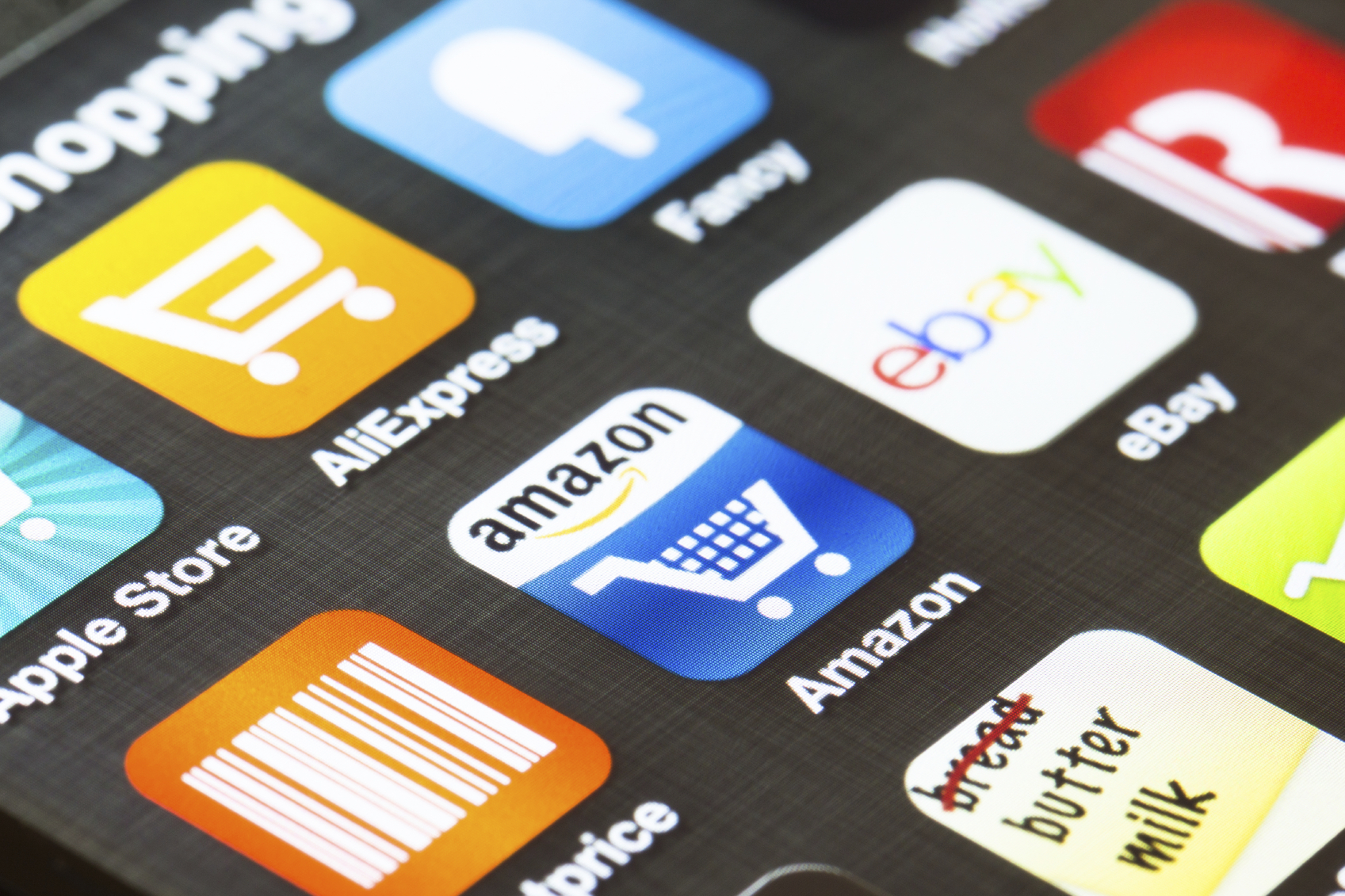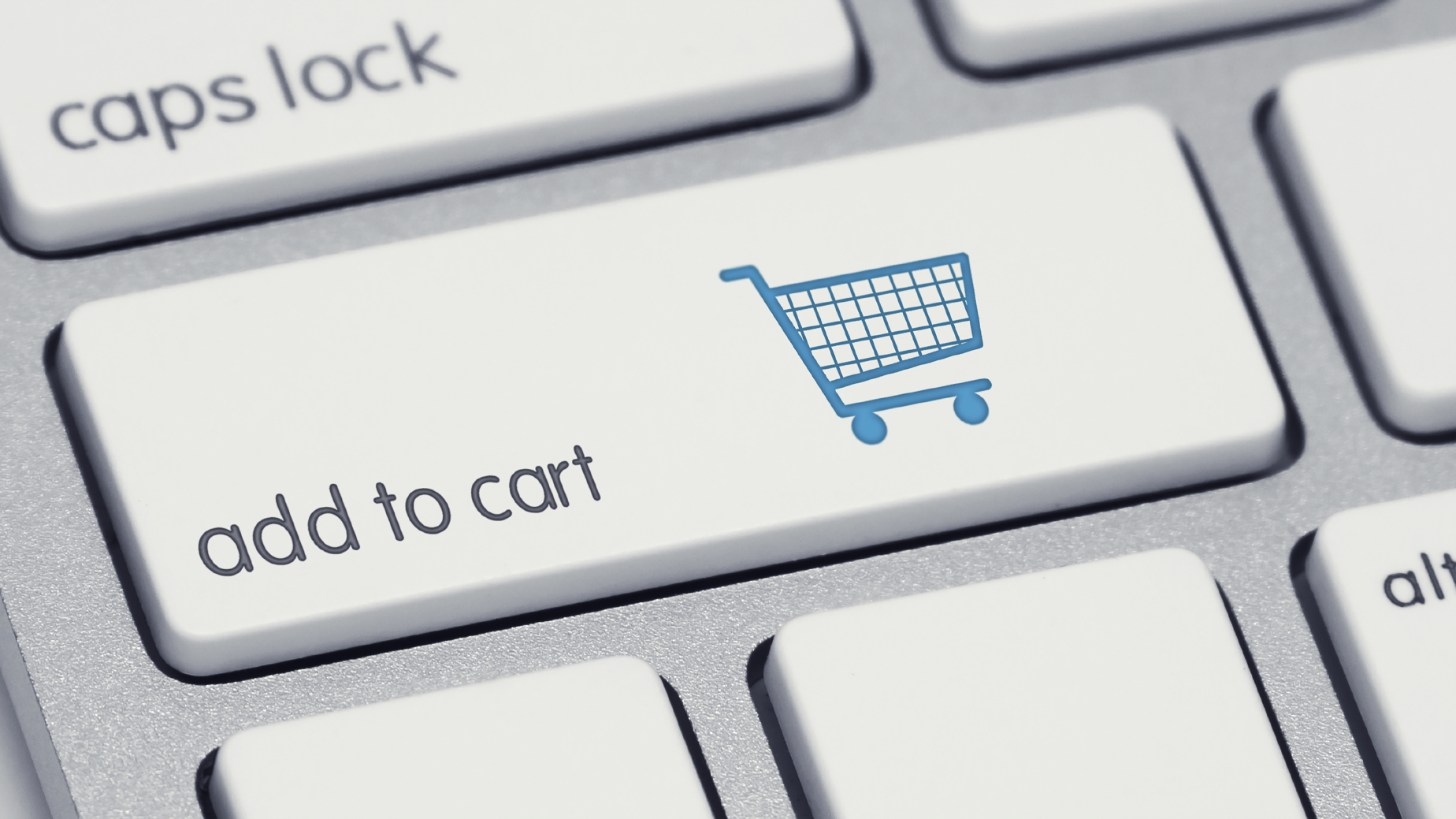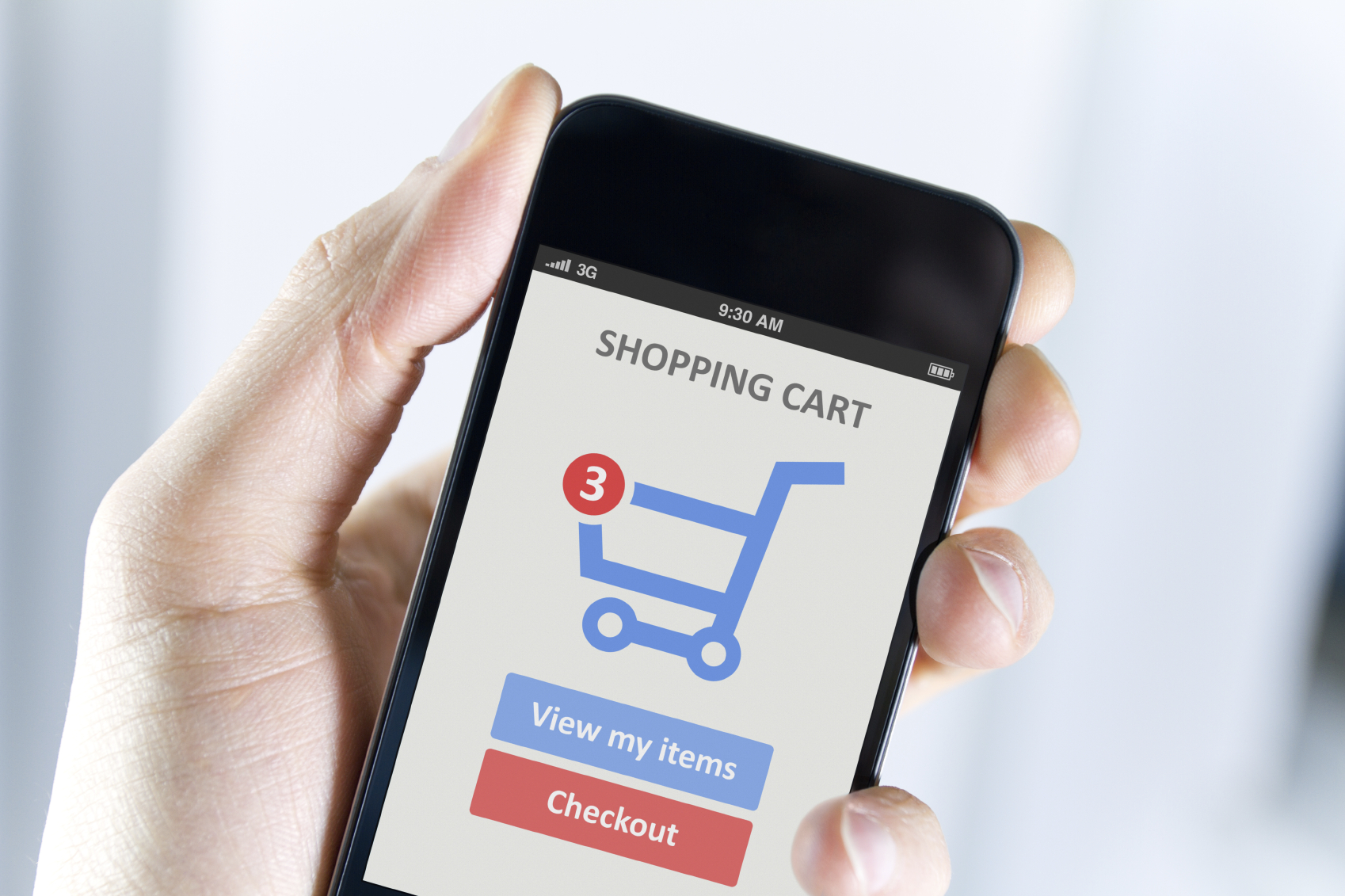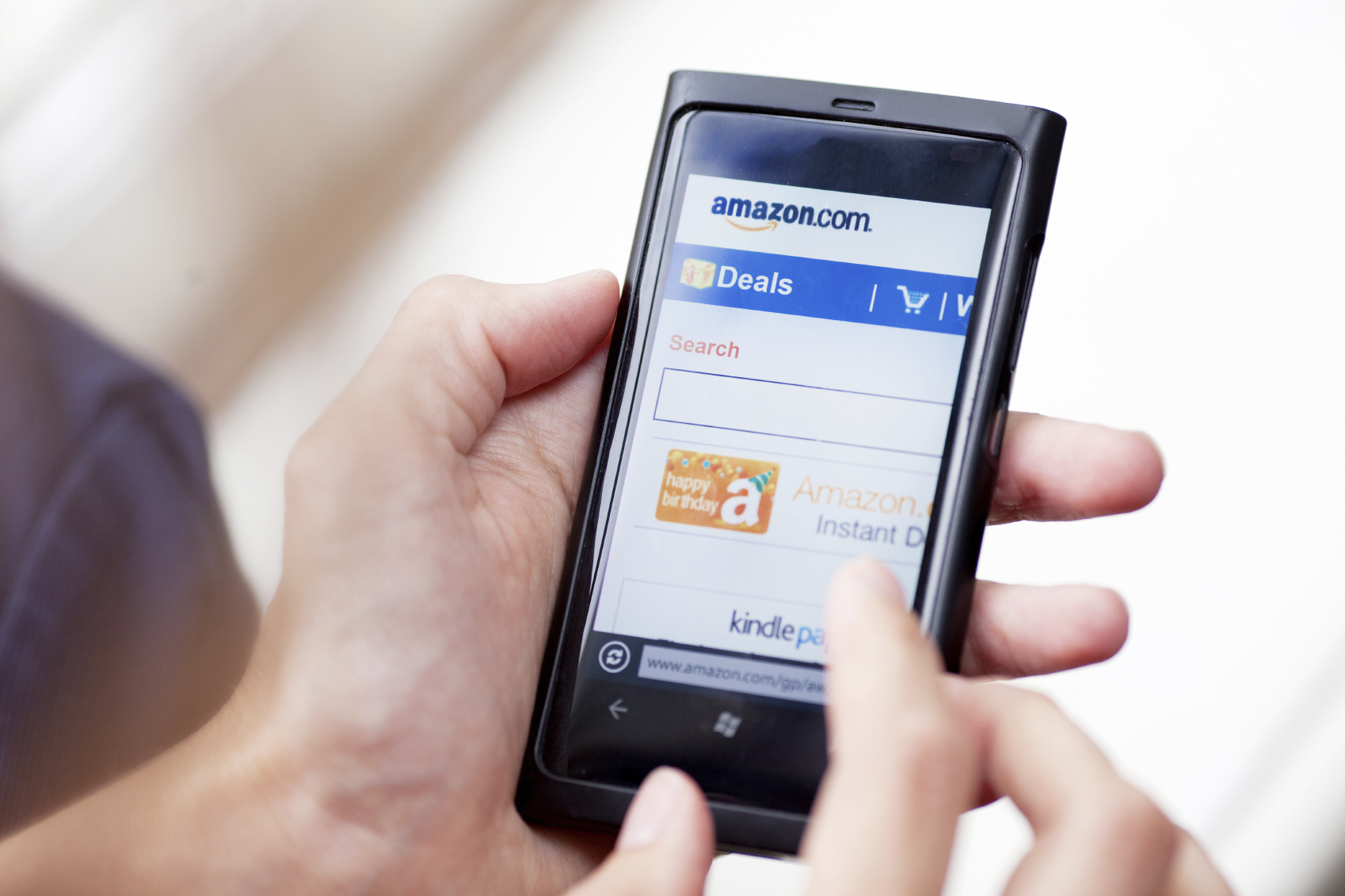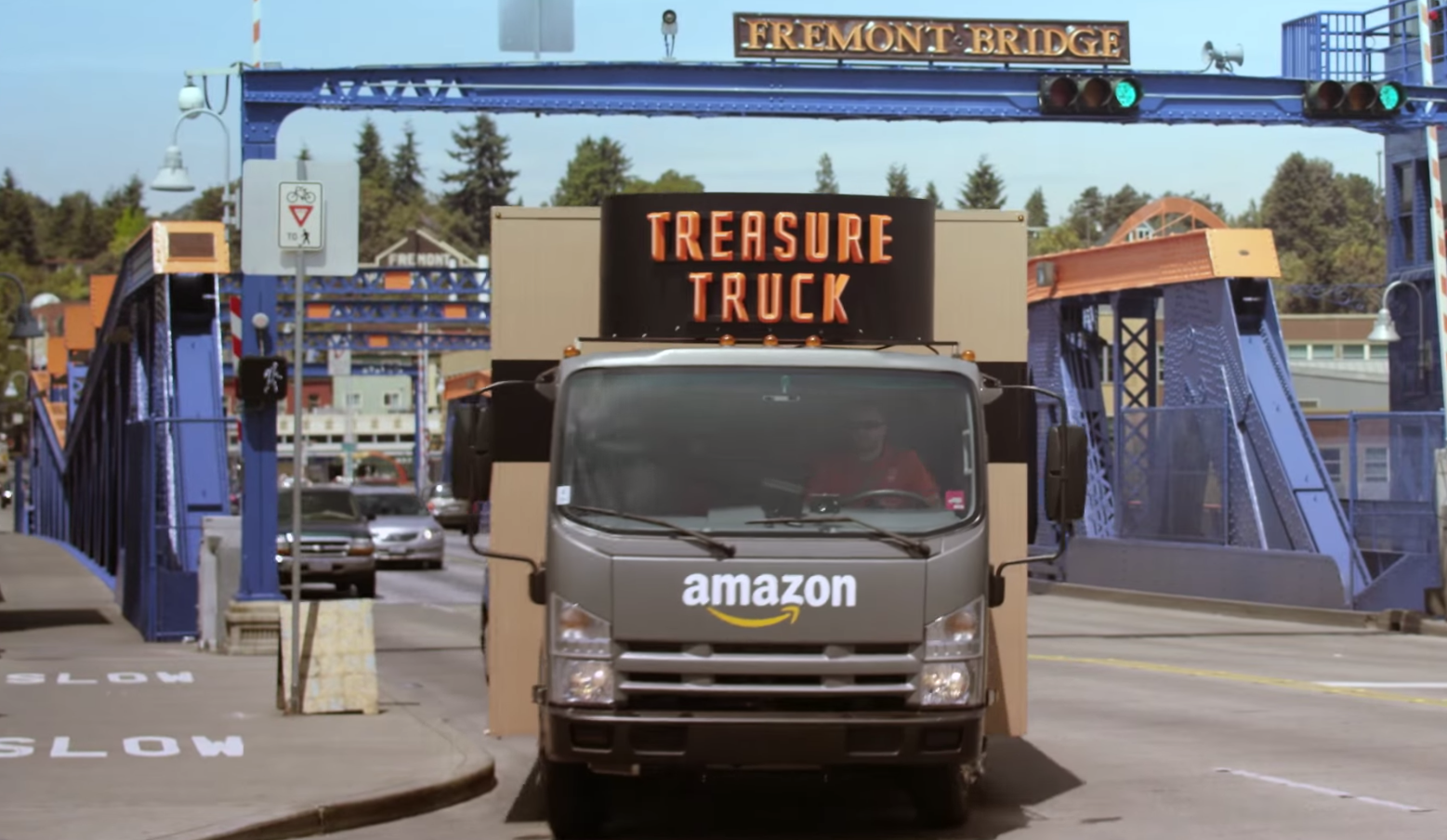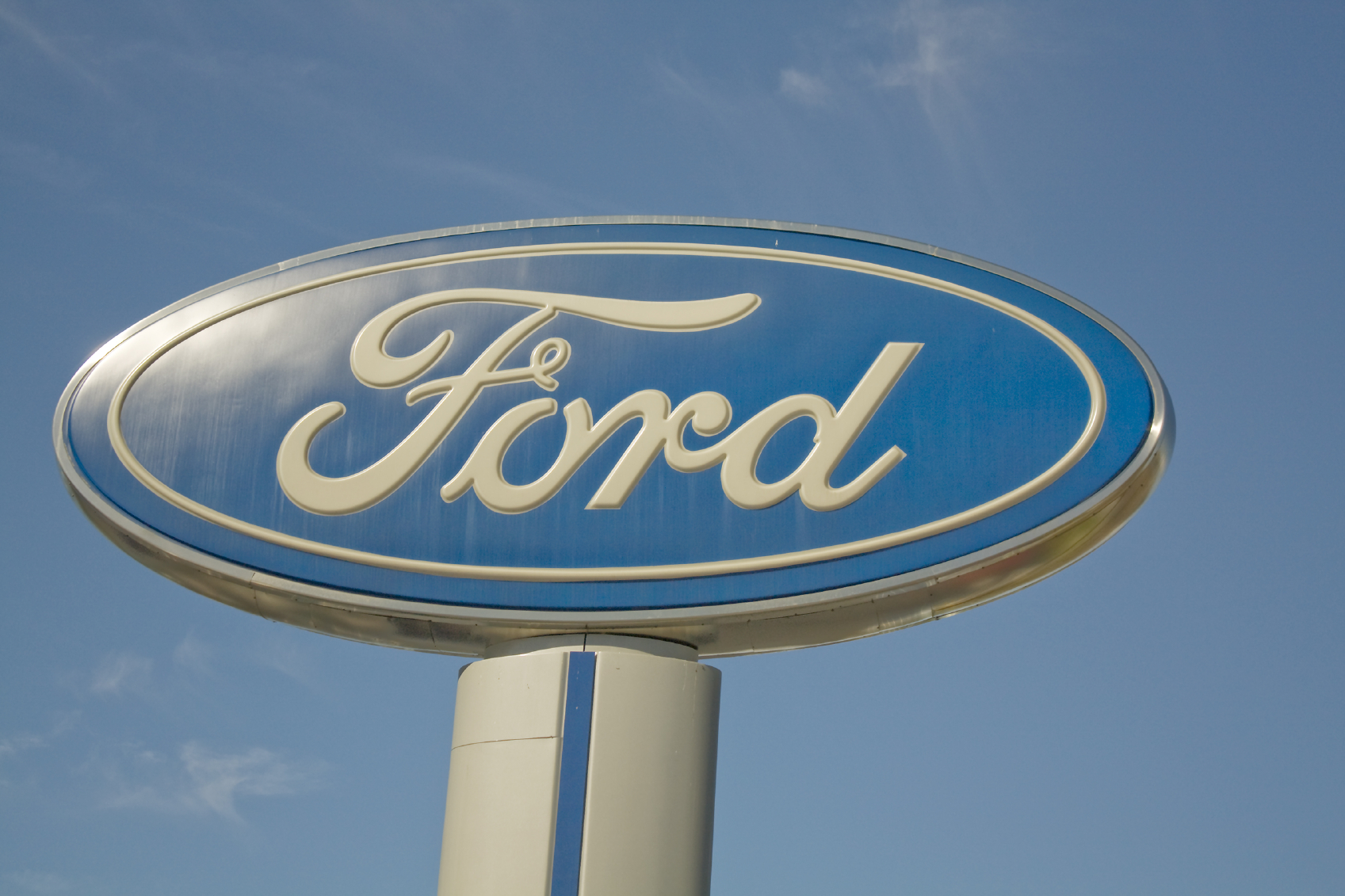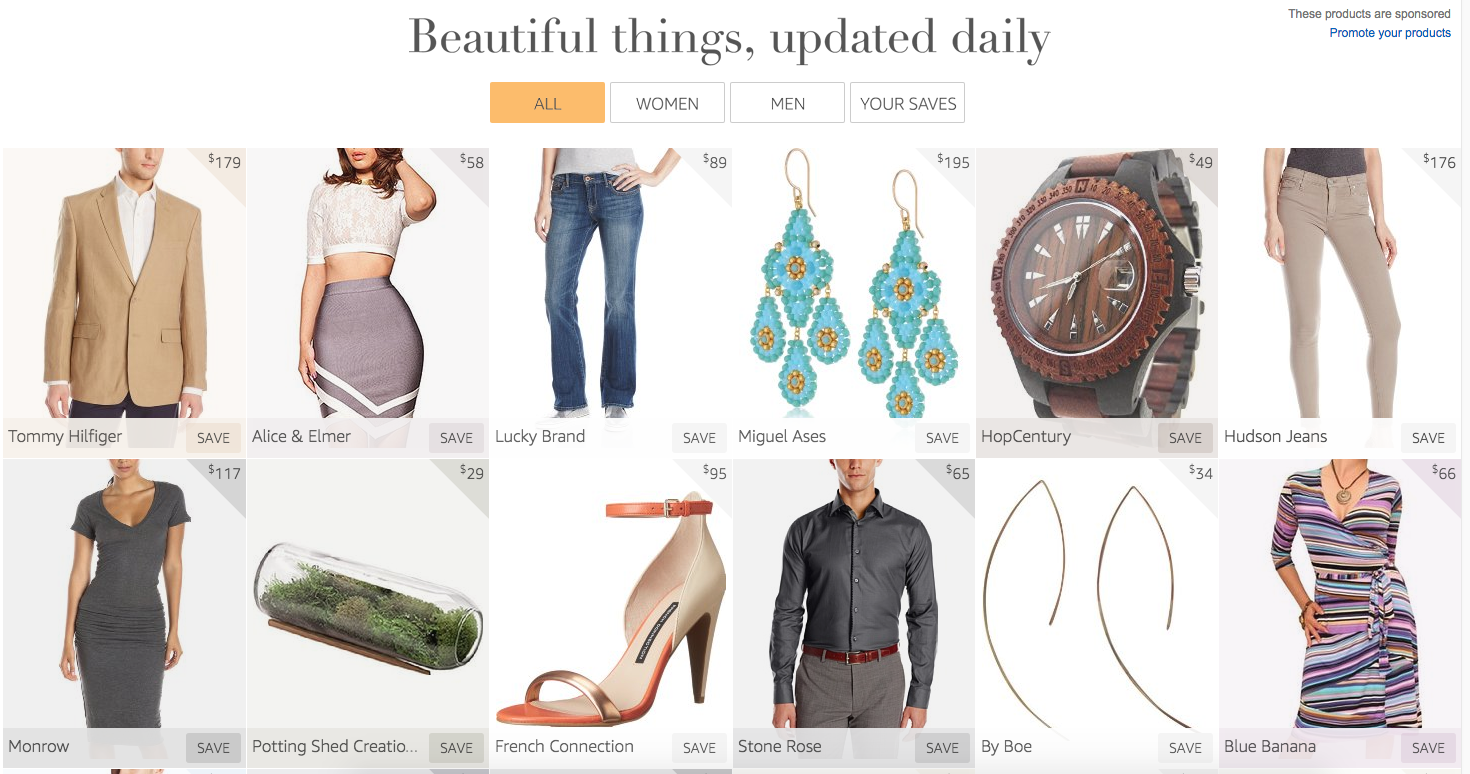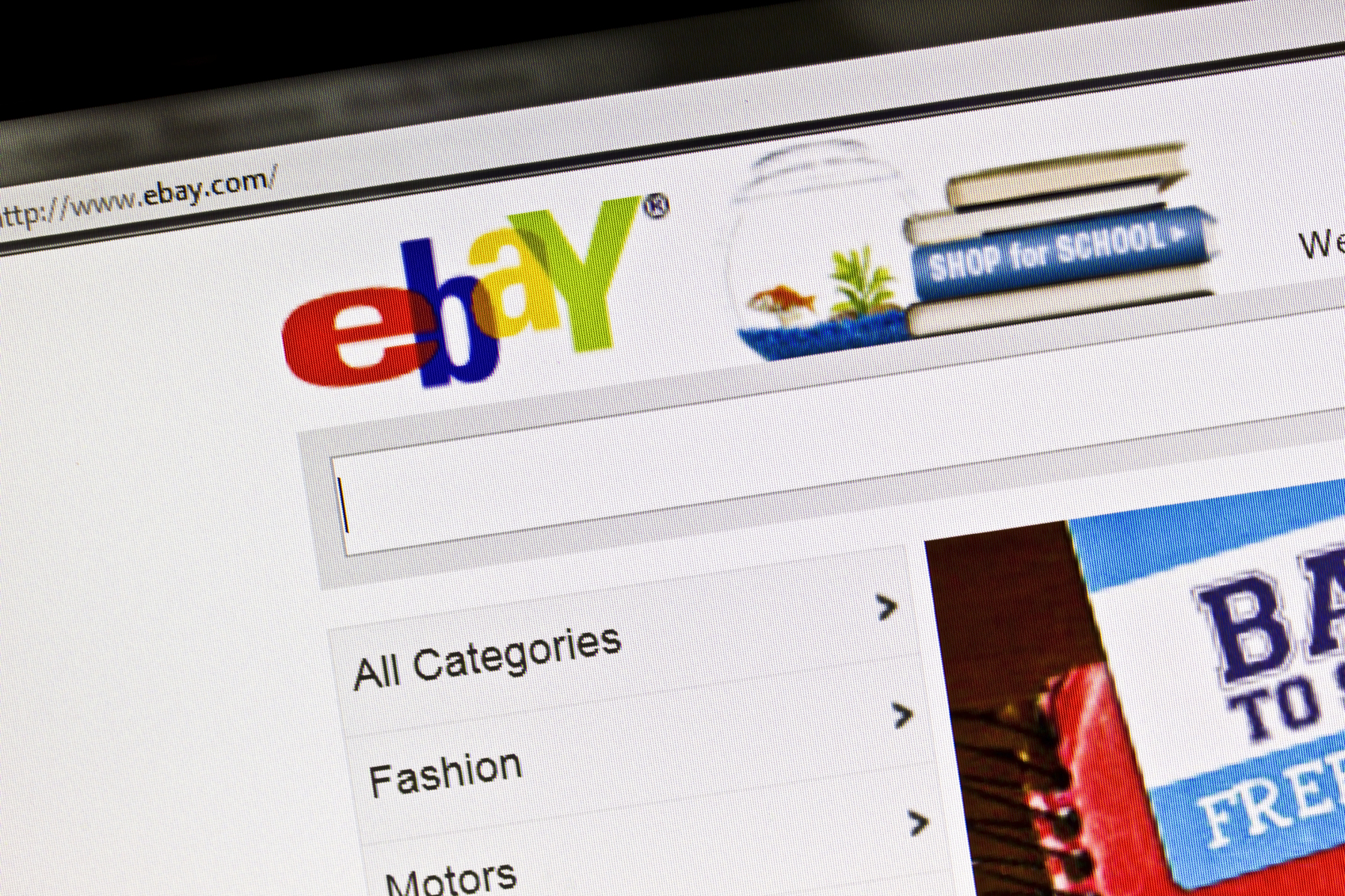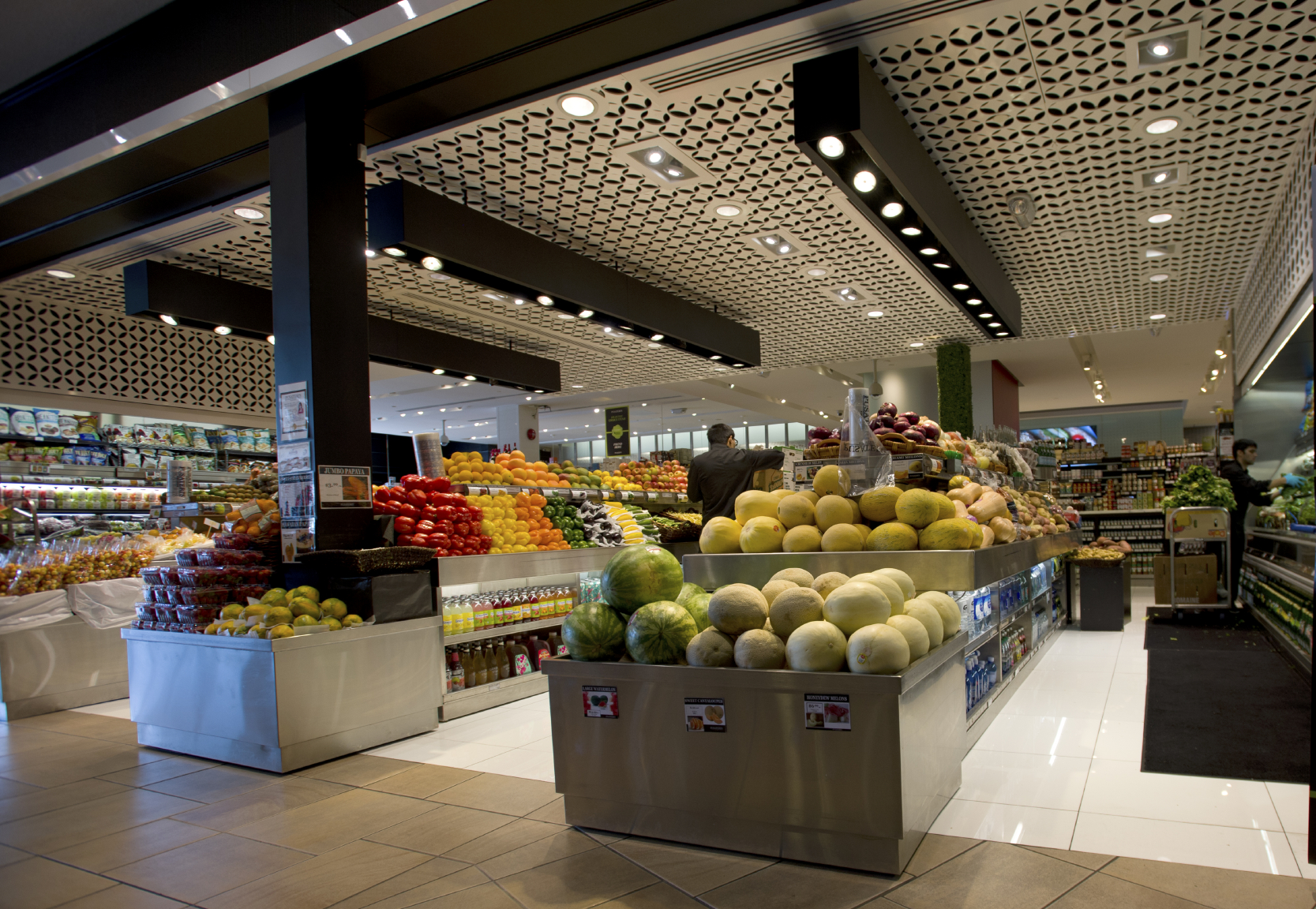What Happened
Following the 3 pop-up storefronts it experimented with late last year, Amazon is now ready to step further into physical retail with a “drive-up” grocery store. Reportedly a new 11,600-square-foot building in Sunnyvale, this store will allow consumers to quickly pick up grocery items ordered online beforehand with a scheduled visit. Amazon has been getting serious with its same-day delivery service, especially in the grocery category, which it just expanded to U.K., the first market to receive such services outside the U.S. In that regard, the “drive-up” store could easily double as a distribution hub, should Amazon choose to further expand its same-day delivery services into new markets.
What Brands Should Do
There is no doubt that Amazon, along with other tech companies and startups, are set to disrupt the local market with the convenience of on-demand services. Therefore, retail and CPG brands need to take notes of Amazon’s rapid expansion into the space and find ways to work with it. One possible way would be to partner with Amazon to get your product featured on the “order” webpage. If Amazon can soon beat Macy’s in clothing retail, then grocery stores and supermarkets may just be its next targets to conquer.
Source: Silicon Valley Business Journal
